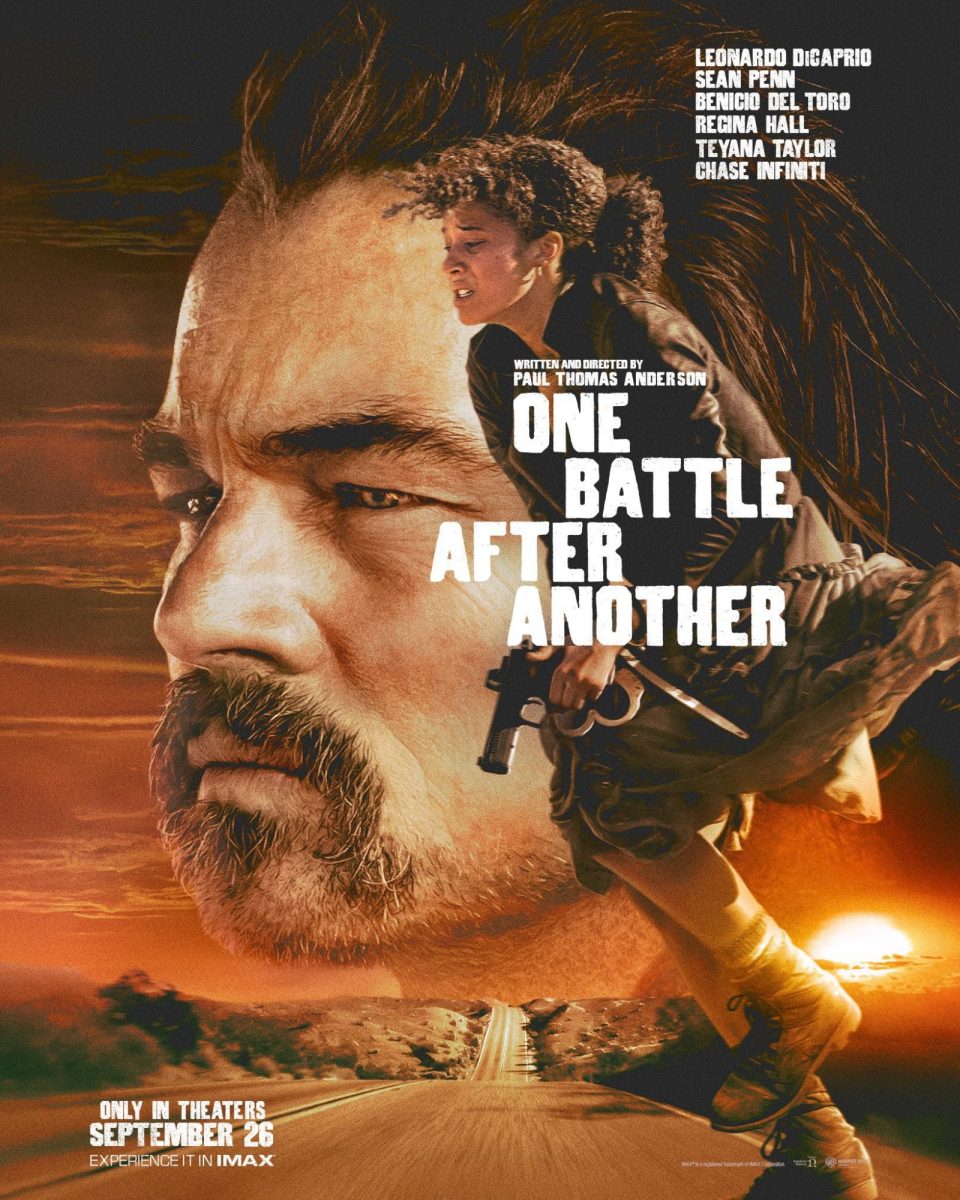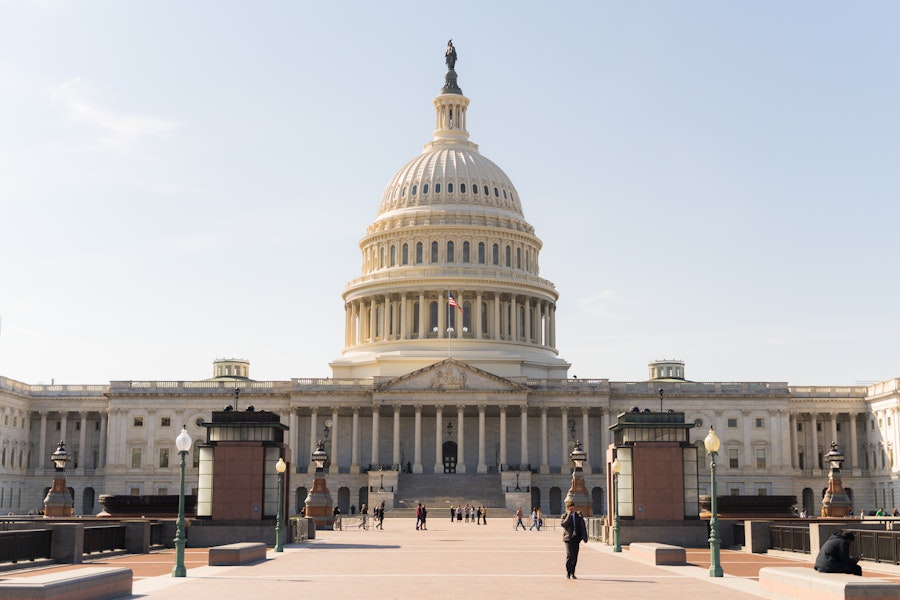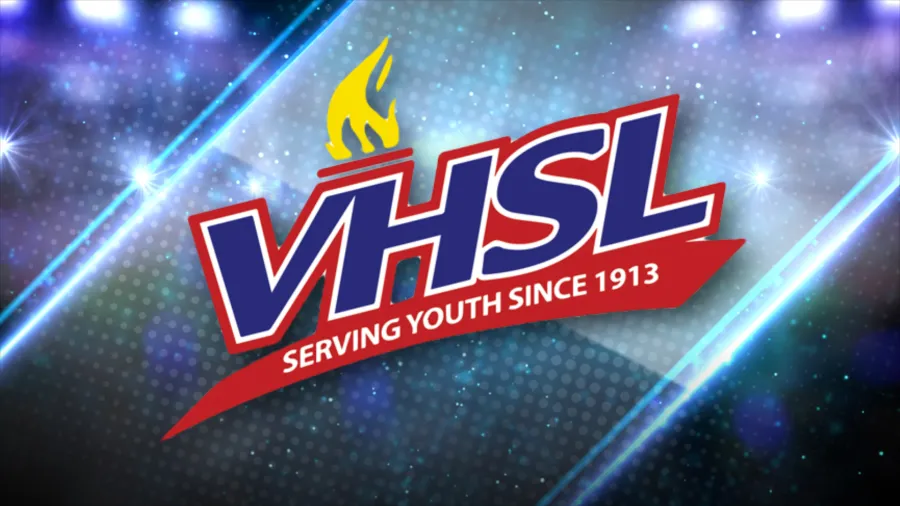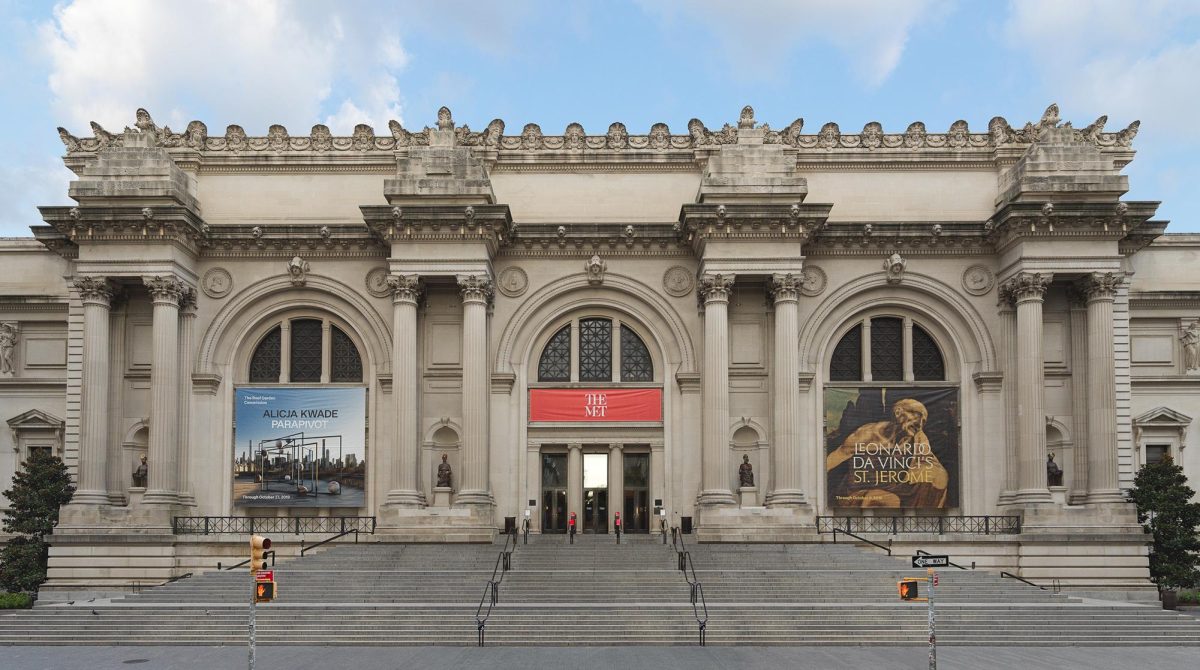
Bicycling is one of the most efficient and democratic forms of transportation. It combines individual liberty and environmental responsibility. Northern Virginia and the surrounding area have been well impacted by bicyclists and it would be short sighted to say that the City of Falls Church has little interest in promoting cycling and its infrastructure.
In many regards, the City of Falls Church has been trying to follow suit with neighboring jurisdictions in many aspects including urban renewal. However, the City has had trouble keeping up with building bike lanes.
Commuters and recreational users, alike, use their bicycles in high numbers. The number of cyclists in DC riding to work since 2000 have doubled at 3.1% with the national average being 0.6%. Portland, Oregon had the highest ridership among commuters and was ranked at 6.1%.
Already, the Little City has implemented sharrows on Park Ave. and installed wayfinding signs.
While the sharrows actually do very little to really help bicycle safety, they do help drivers become more aware of cyclists. There is not a lot of permanence in telling cyclists to take the whole lane with some painted chevrons, especially compared to having actual bike lanes. Its false confidence, as few riders use them.
The wayfinding signs have definitely proven to be more useful and show the City is concerned with bike infrastructure development.
The only real piece of infrastructructure the City has that supports bicycles is the W&OD trail.
Arlington is a leading model in the area. Compared to Falls Church, our neighbor has far more bike lanes and has made bicycling a lot more practical and accessible. Williamsburg Blvd., Little Falls Rd., N Sycamore St., N Quincy St., Patrick Henry Dr., and many more roads are all admirable examples of how Arlington has successfully integrated bike lanes with their suburban streets.
The root problem of Falls Church not adding bike lanes has less to do with incompetent public officials and more to do with physical impossibilities. To create a bike lane, space for cars must be sacrificed. The City’s streets are just too narrow to find extra space for a three-foot lane. In many places, making a bike lane would require taking away street parking or a car lane. This dilemma will be hard to overcome and transforming Falls Church to become as bike friendly as Arlington would be rather difficult.
Keeping both space for a bike and parking lane would require invasive measures, such as moving sidewalks and curbs further onto property lines. Unlike the City, Arlington has many two way streets wide enough that they can fit bike lanes in both directions, whilst keeping street parking and sometimes even medians generously large.
Overcoming this problem will require an ingenious solution that is still practical. Despite the potential stumbling blocks to progress, the City should make it a goal of theirs to figure this out. Its for the better that the City makes a friendly atmosphere for cyclists. Northern Virginia is making a renaissance out of bicycling and it’s about time “The Little City” becomes a pioneer in the DMV.
Editors Note: The Falls Church City staff are collecting information from residents until June 8th. “Results from this survey will help inform the planning process by gauging the demand for access to bicycle facilities throughout the City.” Take the survey here – https://www.surveymonkey.com/s/GW8JL2M








